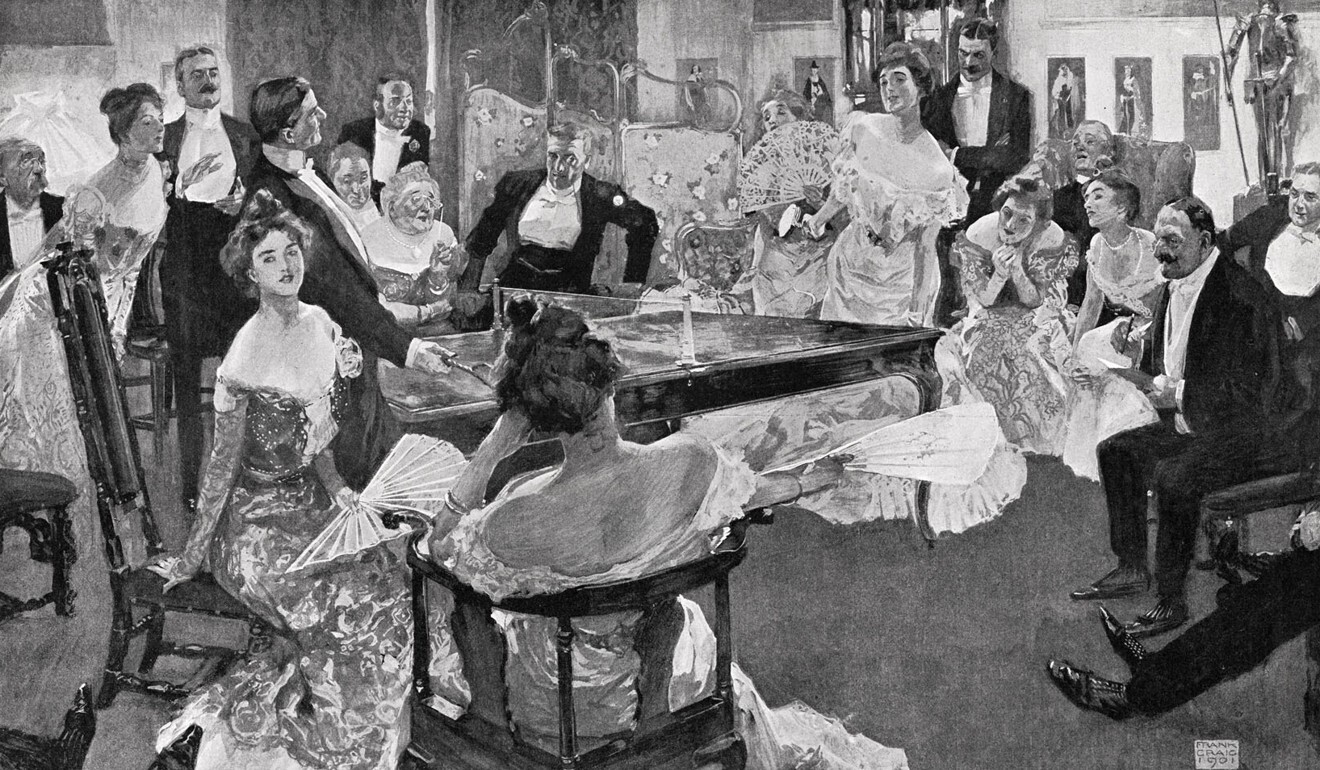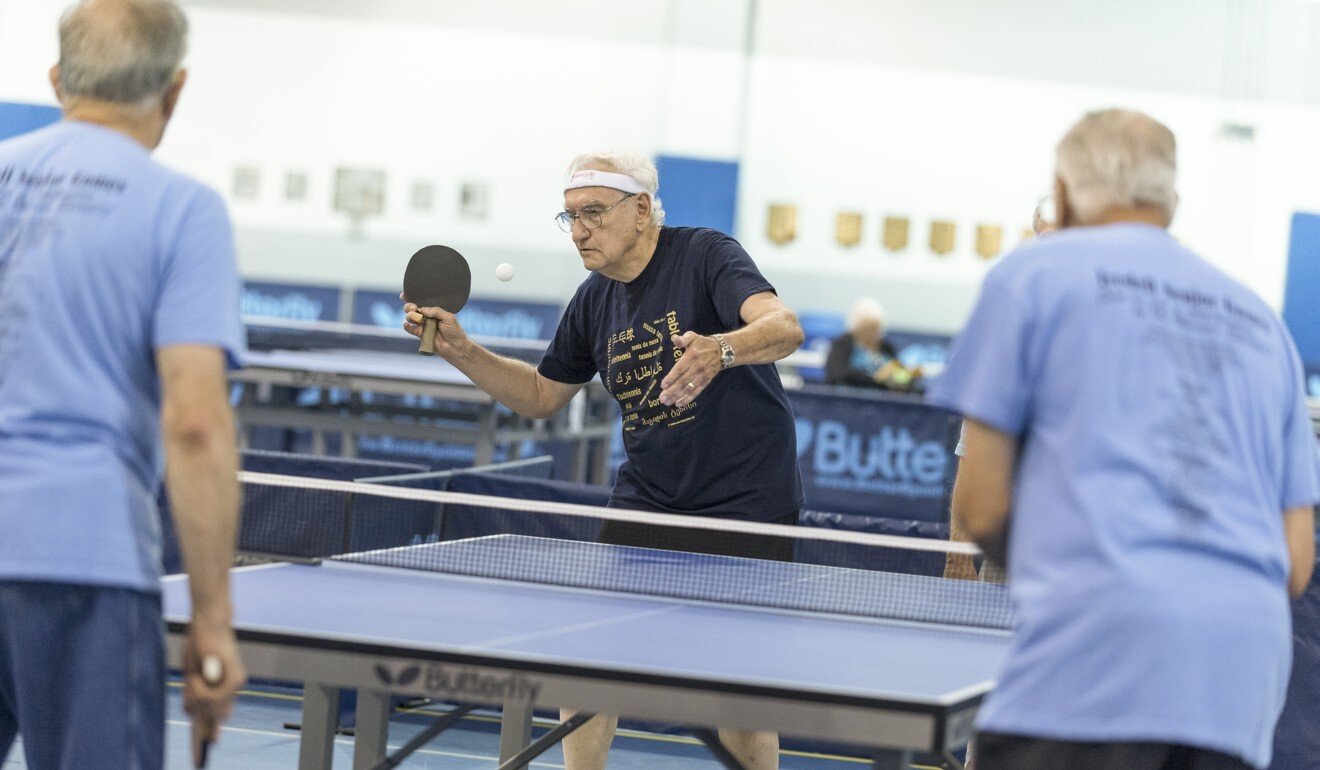
How playing China’s favourite sport, table tennis, can help Parkinson’s sufferers fight the disease, and help all elderly keep fit
- Playing table tennis has recently been shown to help slow the progress of Parkinson’s disease
- It is a national sport in China, and it could help millions of elderly keep fit and reduce their symptoms, research shows
Whether played for fun or in serious competition, table tennis is popular with many people around the globe. In Victorian England, it was a fun after-dinner activity for the upper classes, and today in China, table tennis is the national sport played by millions.
The benefits of the low-impact sport, such as improved hand-eye coordination and concentration, are well known, but new research shows table tennis (also called ping-pong) can also slow the progress of Parkinson’s disease, a progressive neurodegenerative disease for which there is no cure.
More than 10 million people worldwide are living with Parkinson’s disease, according to the Parkinson’s Foundation.
In China it is thought to affect at least 1.7 million people. Scientists estimate this will rise to almost five million by 2030, by which time China will account for almost half of the world Parkinson’s disease population.

The study, conducted by researchers at Japan’s Fukuoka University, found that playing table tennis can help reduce tremors, limb rigidity, and slowness of movement, and improve balance.
Patients are currently treated with drugs to relieve the symptoms of stiffness and poor muscle control, but medication can cause nausea and hallucinations.

Now researchers in Japan have added table tennis to the list of beneficial activities.
“Ping-pong is a form of aerobic exercise that has been shown in the general population to improve hand-eye coordination, sharpen reflexes, and stimulate the brain,” said study author Ken-ichi Inoue of Japan’s Fukuoka University.
“We wanted to examine if people with Parkinson’s disease would see similar benefits that may in turn reduce some of their symptoms. The results are encouraging because they show ping-pong, a relatively inexpensive form of therapy, may improve some symptoms of Parkinson’s disease.”

The study involved 12 people, with an average age of 73 and with mild to moderate Parkinson’s disease.
Participants played table tennis once a week for six months. During each weekly five-hour session, they performed stretching exercises followed by exercises with instruction from an experienced ping-pong player. Parkinson’s symptoms were re-evaluated after three months and at the end of the study.
The study found that at both three months and six months, study participants experienced significant improvements in speech, handwriting, getting dressed, getting out of bed and walking. There were also notable improvements in facial expression, posture, and speed of movement, and reductions in rigidity, and in hand tremors.

Five health benefits of table tennis
1. Stimulates brain function
The game provides a great mental workout, helping you to plan strategies in a split second. This improves concentration, short-term memory and decision making. It also gives you a hormone boost, which helps to keep your brain young.
2. Develops hand-eye co-ordination
Players have to stay alert and react quickly to the ball by following its trajectory across the table. By forcing you to respond rapidly to your opponent’s ball, the activity helps improve hand-eye co-ordination.
3. Burns calories
A great workout which tones and strengthens core muscles, upper and lower body, while getting your heart rate up. By working up a sweat running around the table, a 68kg (150lb) person can burn 272 calories in an hour.
4. Improves reflexes and balance
The fast pace of the sport improves gross and fine muscle movements, and the bursts of exertion and recovery lead to fast-twitch muscle development. Being able to change direction quickly is key to winning a rally, but also helps to improve balance.
5. Low injury risk
As a low-impact, non-contact sport it can be enjoyed by people of all ages and levels of fitness. It is easy on the joints and far less likely to lead to knee, back or ankle injury than other sports.

